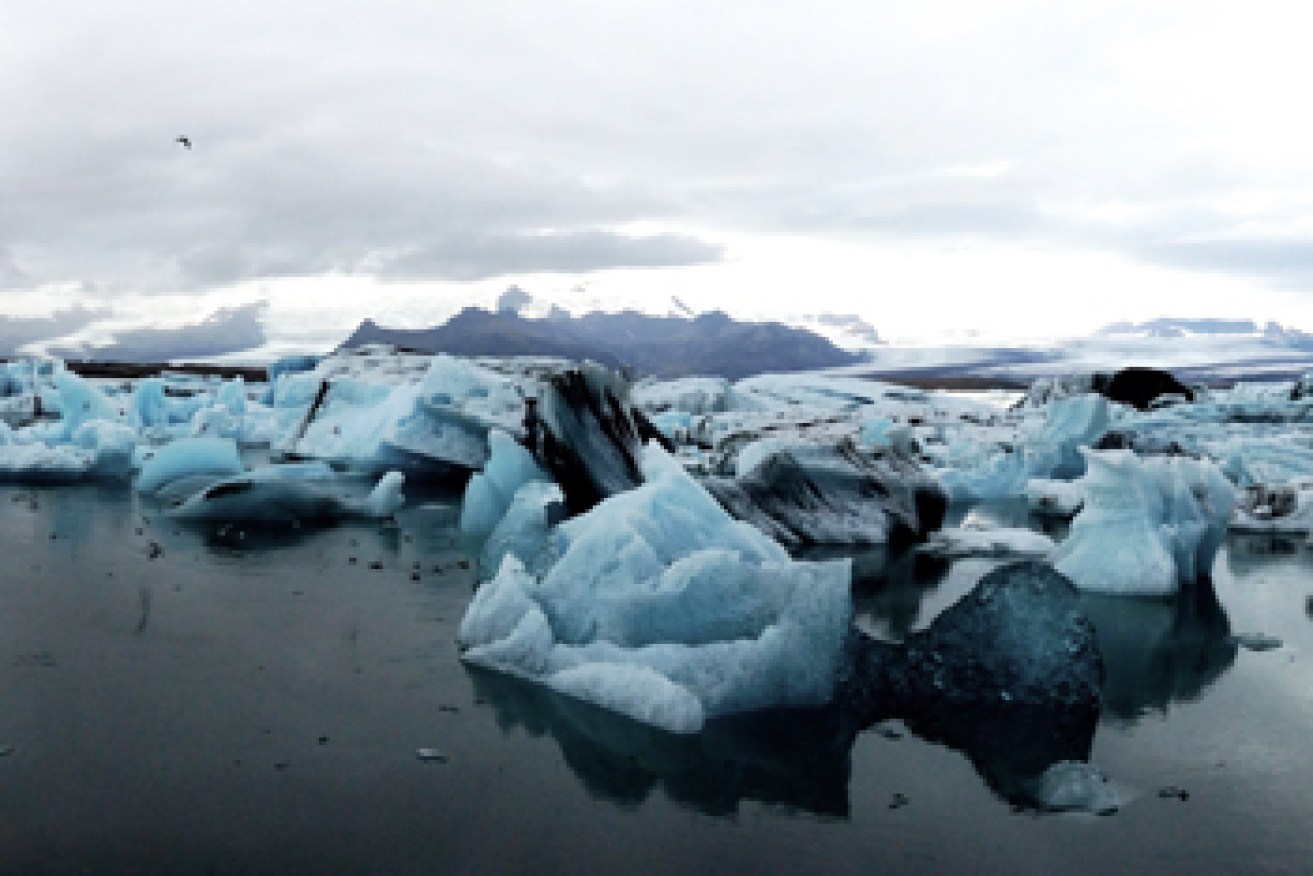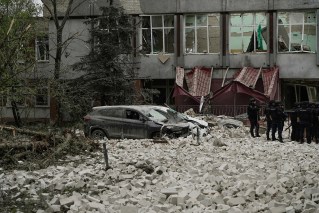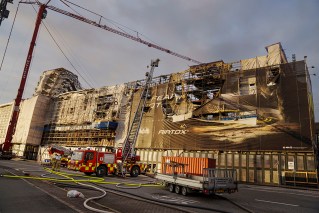Paris climate change summit our last chance to save the planet


Iceberg. Photo: Getty
A simple perusal of the mathematics of human-caused greenhouse gas emissions demonstrates why the Paris climate meeting is our last chance of avoiding severe climate disruption.
For the past decade, humanity has been emitting greenhouse gases at the highest rate thought possible in climate models. Last year, for example, total human emissions of CO2 reached 40 gigatonnes, mostly from the burning of fossil fuels.
That is an unimaginably large volume. If you wanted to remove just one-tenth of that amount of CO2 from the atmosphere by planting trees, for example, you’d need to cover an area the size of Australia.
• These are the world’s most unlikely climate heroes
• What is the UN climate change conference?
• A glass half full for the Paris climate conference
This year, human-emitted greenhouse gases pushed temperatures to 1 degree Celcius above the preindustrial average. It seems like a small increase, but it has had large consequences on climatic extremes from heatwaves to droughts and floods.
But the full impact of greenhouse gases is not felt immediately, and there is already enough gas in the air to push temperatures to 1.5 degrees Celcius. Continue to pollute for another decade at the current rate and there will be enough gas in the air to push temperatures up 2 degrees Celcius, beyond which lies climate chaos.
What will happen if we don’t act

It’s taken six years for a second chance at real action. Photo: Getty
The consequences of increasing average temperatures on Earth systems are not linear: 1.5 degrees Celcius is not 50 per cent worse than 1 degree Celcius, but very much worse.
For example, the experts tell us that the Great Barrier Reef cannot survive 1.5 degrees Celcius of warming. Entire ecosystems, from South Africa’s Karoo through to subalpine and heathland environments in Australia, will be severely threatened in a 1.5 degrees Celcius world. Extreme weather, bushfires and ocean acidification will also be much more severe problems.
Many had hoped that a global agreement on climate change would be reached in 2009, at Copenhagen. Following the failure of that meeting, it’s taken six years of worst-case scenario emissions growth for a second chance to address the problem to materialise.
The Paris meeting is COP 21 – the 21st annual meeting of the council of parties to the climate negotiations. That’s 21 years of failure to act. The Paris meeting has to be the last such meeting. Failure to conclude a deal there would entail at least another half-decade of delay, and that is unthinkable. Future climate meetings need to be not about how we tackle the climate problem, but how aggressively we pursue agreed solutions.
What would a successful outcome look like?

The world must agree that clean energy is the future. Photo: Getty
The meeting is about agreeing actions the world will undertake between 2020 and 2030. Yet we need action now.
For that reason the Paris meeting must send a strong signal that the end of the fossil fuel era is in sight – that new investments in fossil fuel infrastructure are unwelcome, and that clean energy is the future.
The pledges countries have made in the lead-up to the Paris meeting are sufficient to get us off our worst-case emissions trajectory (which has us aiming at 4 degrees Celcius or more of warming by 2100), and on to a trajectory heading closer to 3 degrees Celcius. That is at least a start. But we need to agree on a method of revisiting national pledges on a shorter timeframe than the current decade-long arrangement.
I believe that the situation is dangerous enough to agree a three-year review period, beginning in 2018.
Chaos may not be averted, but can be limited

Warming is already inevitable. Photo: Getty
Paris comes so late in the day that most studies conclude that it’s now impossible to avoid breaching the 2 degrees Celcius ‘safety rail’ using emissions reductions alone.
That’s because energy systems are complex and take decades to reform.
Because of this, future meetings need, in addition to cutting emissions, to do two things that are not being done in Paris – outlaw geo-engineering projects such as injecting sulphur into the atmosphere as a way of cooling the planet, and encouraging investment in third way technologies.
These technologies have the potential to be drawing enough CO2 out of the atmosphere by 2050 to be making a difference to our climate future.
But only if we begin investing now.









